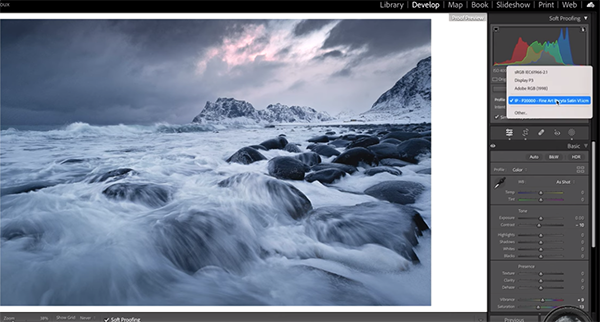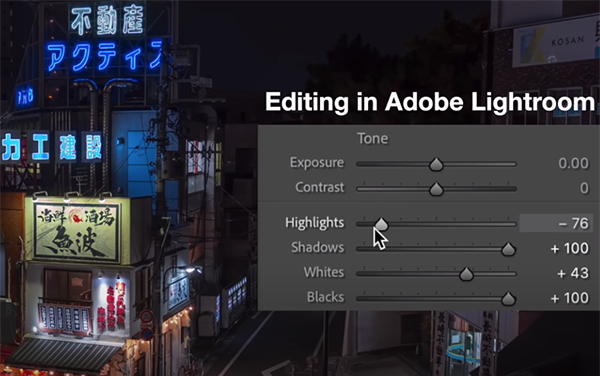How to Prepare Photographs for Ordering Prints So You Get Optimum Results (VIDEO)
Many photographers order prints from an outside source, either because they lack a high-quality printer or because the one they own doesn’t accommodate large-size paper. In this tutorial from the Remontheroad YouTube channel (think Remi on the Road) you’ll learn how to do everything right so the prints you receive do justice to your photographs.
Instructor Remi Bergougroux is a professional French landscape photographer and he explains everything you need to know—from selecting the best images, choosing the right vendor, selecting from the myriad of available paper options, preparing your screen, and adjusting the photo in a variety of ways.
Remi begins with a few tips for choosing an image that’s guaranteed to inspire. Sometimes that means images with beautiful colors, portraits of loved ones, or those with a special meaning to you or others within your circle. As he says, ordering large prints can be expensive, so it’s important to reflect on these and other key considerations.

You’ll want to pick a printing source with a solid reputation, reasonable prices, a variety of options, and strong recommendations from customers. All this requires is a bit of online research to find a company that you can use with confidence now and in the future. Remi explains his preference for getting things done locally depending on where you live.
Next on the list is selecting the type of paper that works best for the specific image in question. That’s because the characteristics of one image and the mood you want to convey may be best conveyed with a specific paper that may be a poor choice for photos of a different style. Even the frame you intend to use can factor into this equation.
A carefully calibrated monitor is essential for preparing images before sending them off. If you plan on ordering prints regularly and don’t own a calibration device it’s time to consider purchasing one. In this regard we recommend watching the tutorial we posted on how to accomplish this very important task.

At this point it’s time to prepare your file, and this is the topic of the last portion of the lesson. Remi explains several key variables that will guarantee great results. Most vendors offer a detailed instruction sheet that can be really helpful in making sure your image meets their standards when it’s received.
Remi’s instructional YouTube channel offers great advice on a wide variety of photography topics, and we highly recommend taking a close look.











